Mindset, clarity, control, and/or opportunities can all change in a single day. Think of how many plot twists could occur in a 24-hour period. Characters run full force into danger, narrowly escape, and end the evening in a hot tub with a cocktail. Or they don’t escape. Imagine how grueling every second of captivity must feel?
Entire novels that take place in a single day include:
- Saturday by Ian McEwan follows a neurosurgeon through his Saturday, dealing with personal and national anxieties.
- The Hours by Michael Cunningham interweaves three women’s lives across different eras, all connected by Virginia Woolf’s Mrs. Dalloway, with events occurring in one day. Albeit in different years.
- The Flight Attendant by Chris Bohjalian is about a flight attendant who wakes with a dead man in a Dubai hotel. The MC must piece together the previous night before her next flight.
- Rock Paper Scissors by Alice Feeney: A couple’s anniversary trip to a remote Scottish castle turns sinister as secrets unravel in a single, stormy weekend (more than one day but still a condensed timeframe).
- Supremely Tiny Acts by Sonya Huber explores the small moments of a single day in a woman’s life.
- The Mezzanine by Nicholson Baker focuses on a man’s lunch hour and his detailed observations of office life.
- The Sun Is Also a Star by Nicola Yoon is a romance novel that follows two teens who meet and fall in love in a single day in New York City.
The above list demonstrates this technique isn’t limited to thrillers. A condensed timeframe could work with almost any genre.
Movie Examples:
- Collateral shows how a cab driver’s night turns deadly as he’s forced to drive a hitman around LA for one wild night of murder and mayhem.
- Ambulance focuses on two robbers who hijack an ambulance, and leads to a city-wide chase.
- Unstoppable is about a runaway train that threatens a city, with a veteran engineer and young conductor racing to stop it in hours.
- The Taking of Pelham 123 shows how a subway dispatcher must outwit hijackers holding passengers hostage in a lone NYC subway car.
All these stories use the compressed timeframe to heighten tension and force characters to make immediate decisions, which often leads to more conflict and higher stakes. Compressed timeframe novels are almost impossible to put down. The movies? Forget about it. They demand your full attention — keep the pause button handy for bathroom breaks. You won’t want to miss a second!
Crafting a novel set within a 24-hour period requires tight plotting, a strong central conflict, and a heightened sense of urgency.
Tips to Write Compressed Timeline Novels
Use a chronological structure that follows the progression of the day, from sunrise to sunset or from the inciting incident through the next 24-hours. If you begin each chapter with a heading to mark the hour, it’ll emphasize the ticking clock and add even more intensity.
Anchor the story around a major time-sensitive event, like a party, heist, or sudden disaster. The main character’s journey through this event provides a natural narrative arc. A strong inciting incident is a must. Whatever event kicks off the quest should happen early and be urgent enough to force the MC to act. For example, in Ian McEwan’s Saturday, the MC witnesses an accident that disrupts his peaceful day.
Use backstory strategically through dialogue, internal thoughts, or quick flashbacks. All must relate to the main storyline and reveal important tidbits and/or character traits. Since time is limited, be intentional with your dialogue. Conversations between characters can reveal relevant backstory and propel the plot forward.
Avoid unnecessary subplots. With such a tight window of time, every scene, conversation, and action should serve the storyline. You could weave in a subplot between dueling protagonists, like unreciprocated romantic feelings or a divorced couple forced to work together. Both would cause even more conflict and obstacles.
Word of caution: Don’t let the subplot destroy the pacing of the novel or detract from the main storyline. Let’s use my two quick suggestions as examples. The awkward moments of unreciprocated love could be used as comedy relief to give the reader a break from the tension. A divorced couple could also add hilarity if one spouse nitpicks the other at the worst possible time.
A countdown structure, where the plot builds toward the climax, heightens stakes, builds tension and conflict. Keep raising those stakes — challenge your characters! They cannot escape their fate by waiting for tomorrow, thus the pressure escalates throughout the day.
Use the setting to your advantage. Saturate the narrative with sensory details to create a strong sense of place, mood, and atmosphere. Take advantage of the time of day, traffic, weather, and location to reflect the characters’ changing moods and emotions.
Limit your cast. With less time to develop characters, a smaller cast allows for more intimate and detailed dynamics.
There isn’t much time for massive external changes, so trigger character flaws early and focus on internal changes to create a strong character arc. Show how the day’s events force them to change strategy, perspective, or arrive at a new understanding.
Also, the compressed timeline allows the perfect place to demonstrate the three dimensions of character through action and reaction under pressure. Give readers direct access to their inner lives with a deep POV. An omniscient narrator won’t be as effective.
Hope you all had a joyous holiday season, TKZers!
Have you written a story with a limited timeframe? What’s your favorite “crunch time” movie or novel? Why did the tight timeline work for you?







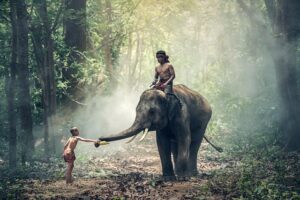
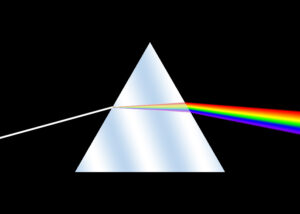
 In
In 


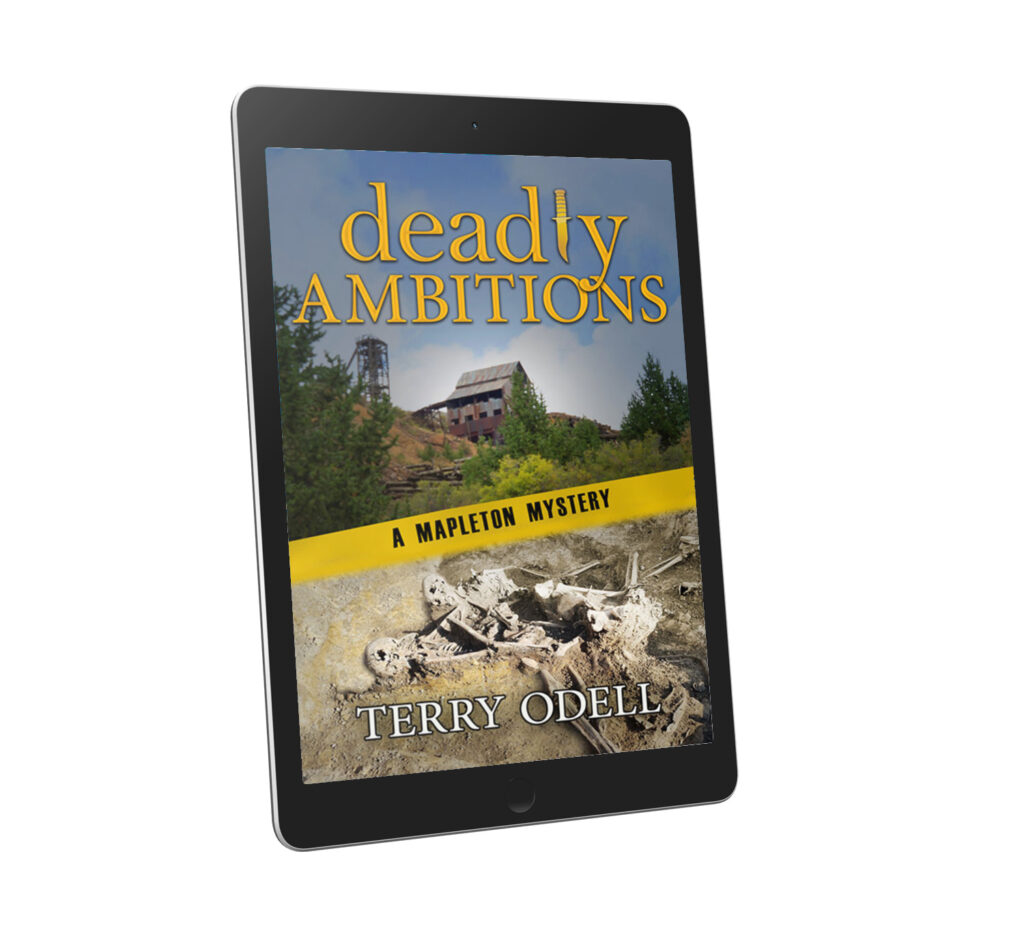
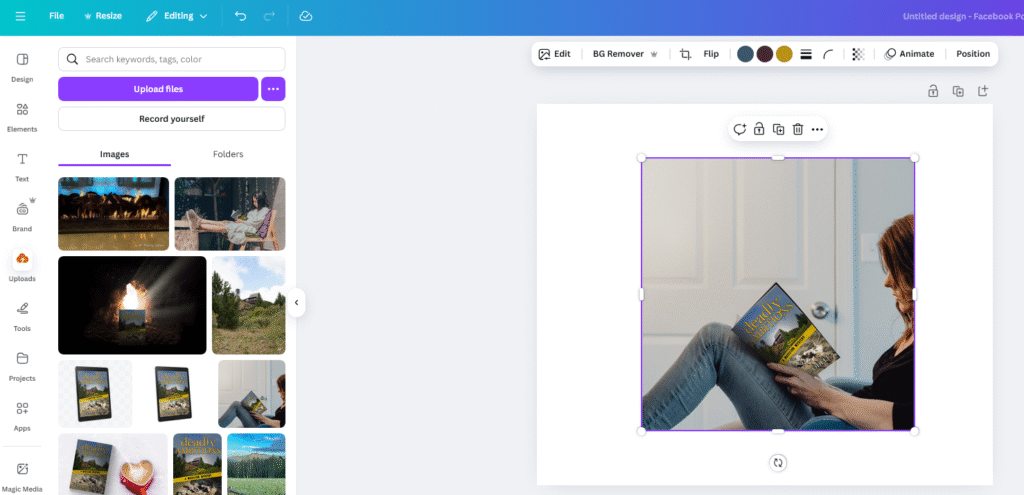

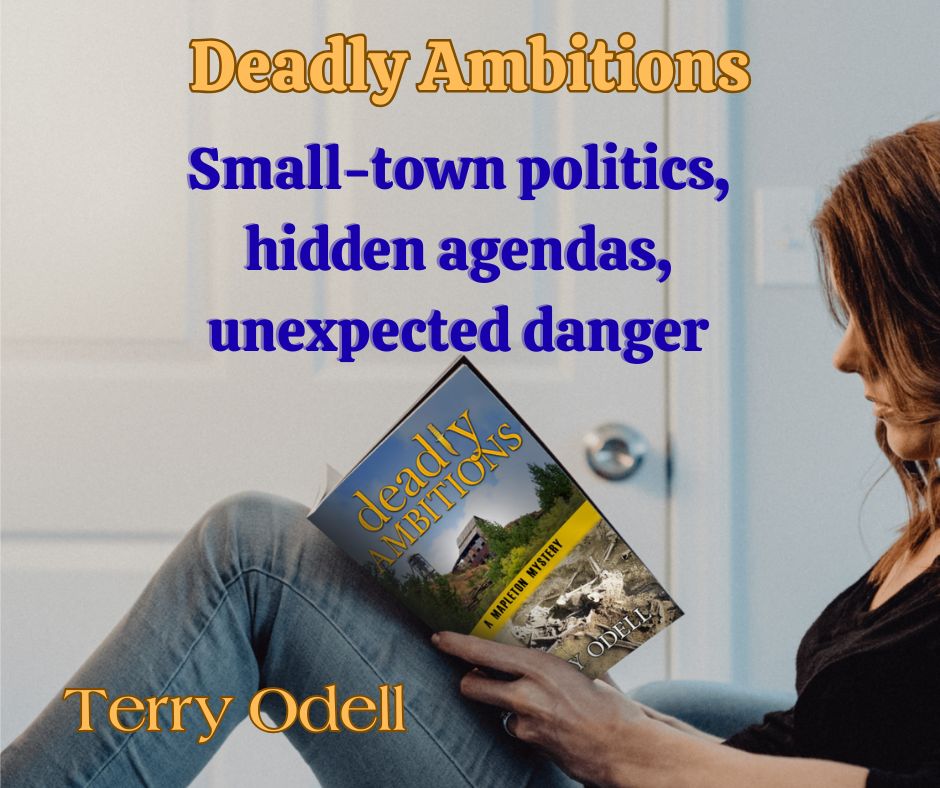

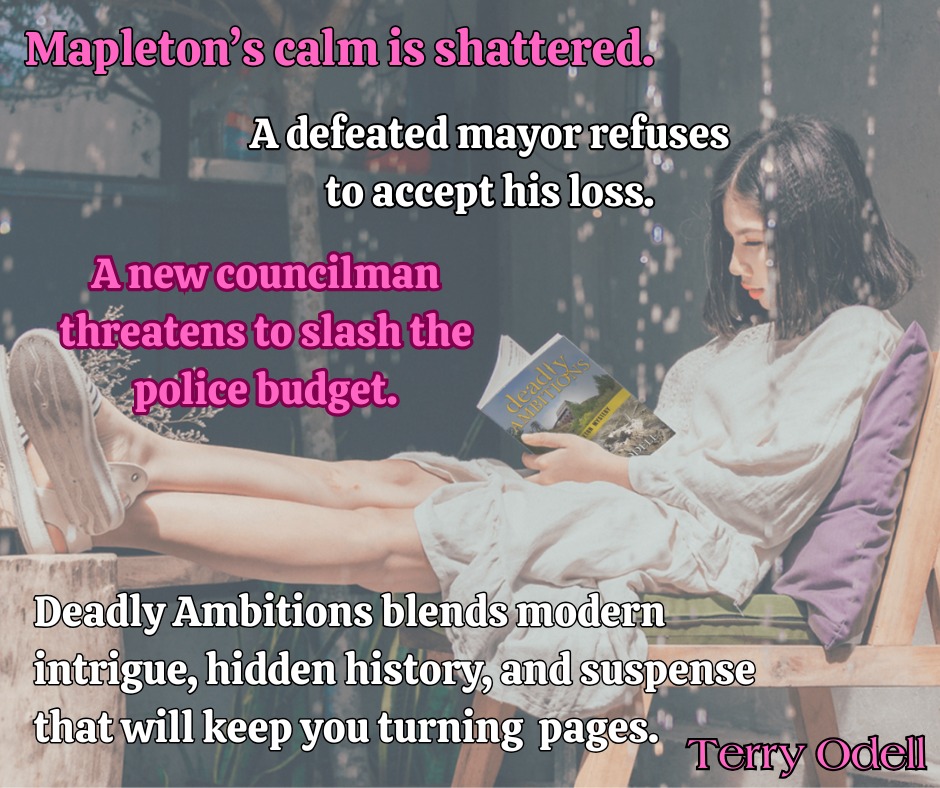
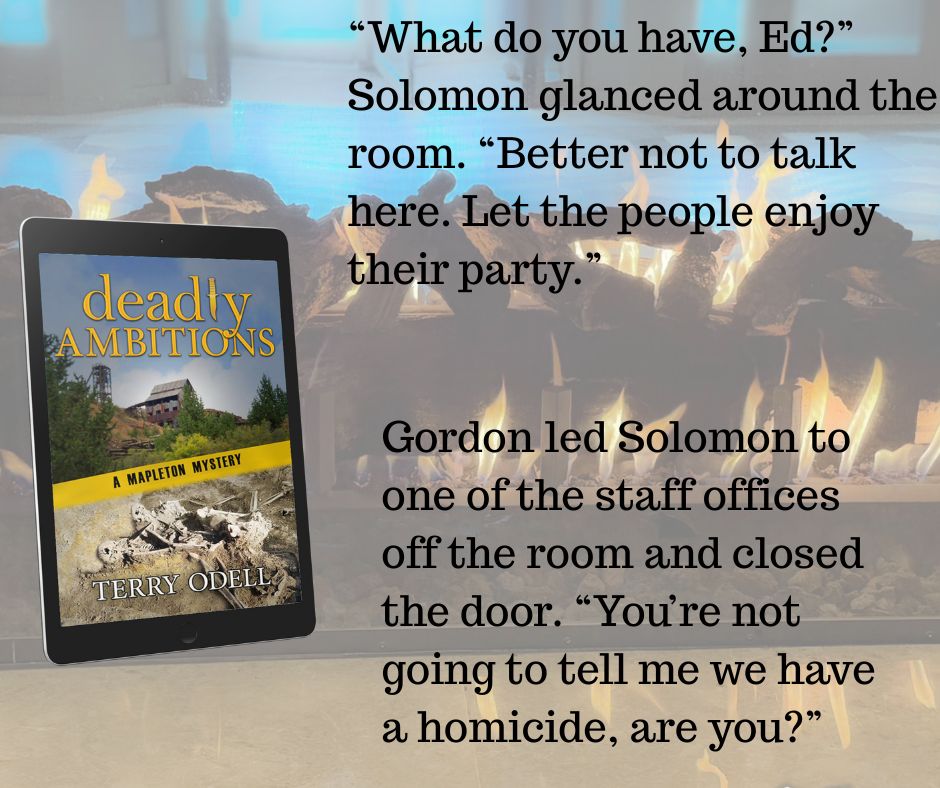
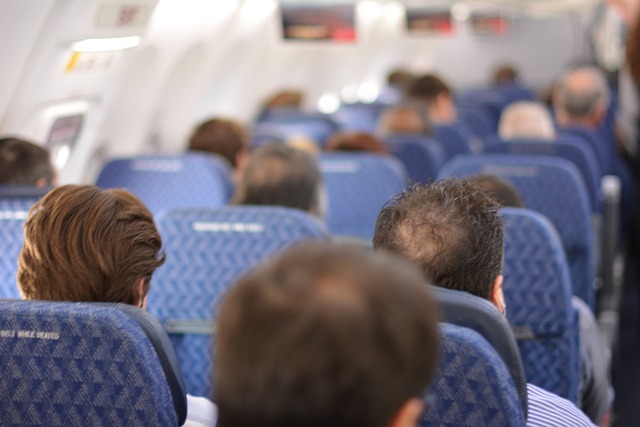 Writing often means dealing with things you don’t know much about. Or anything about. Now, while I write fiction, which means I get to make stuff up, I strive to have everything in the realm of plausibility. The line between “that could never happen” and “that might happen.”
Writing often means dealing with things you don’t know much about. Or anything about. Now, while I write fiction, which means I get to make stuff up, I strive to have everything in the realm of plausibility. The line between “that could never happen” and “that might happen.”

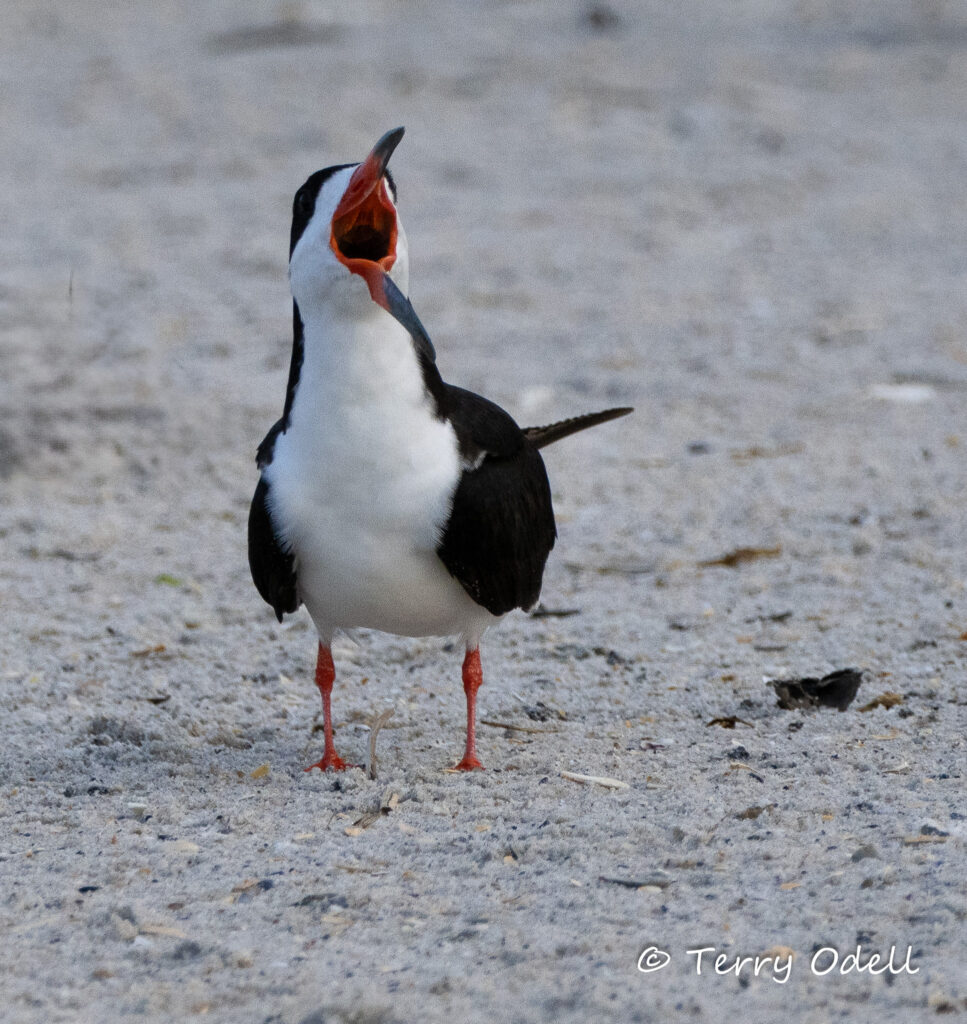 I’ve finally reached the “I’m home” mindset. Dealt with all the administrivia, household chores, and feel like I’m back in my routine. Which means it’s time for serious work on the wip.
I’ve finally reached the “I’m home” mindset. Dealt with all the administrivia, household chores, and feel like I’m back in my routine. Which means it’s time for serious work on the wip.